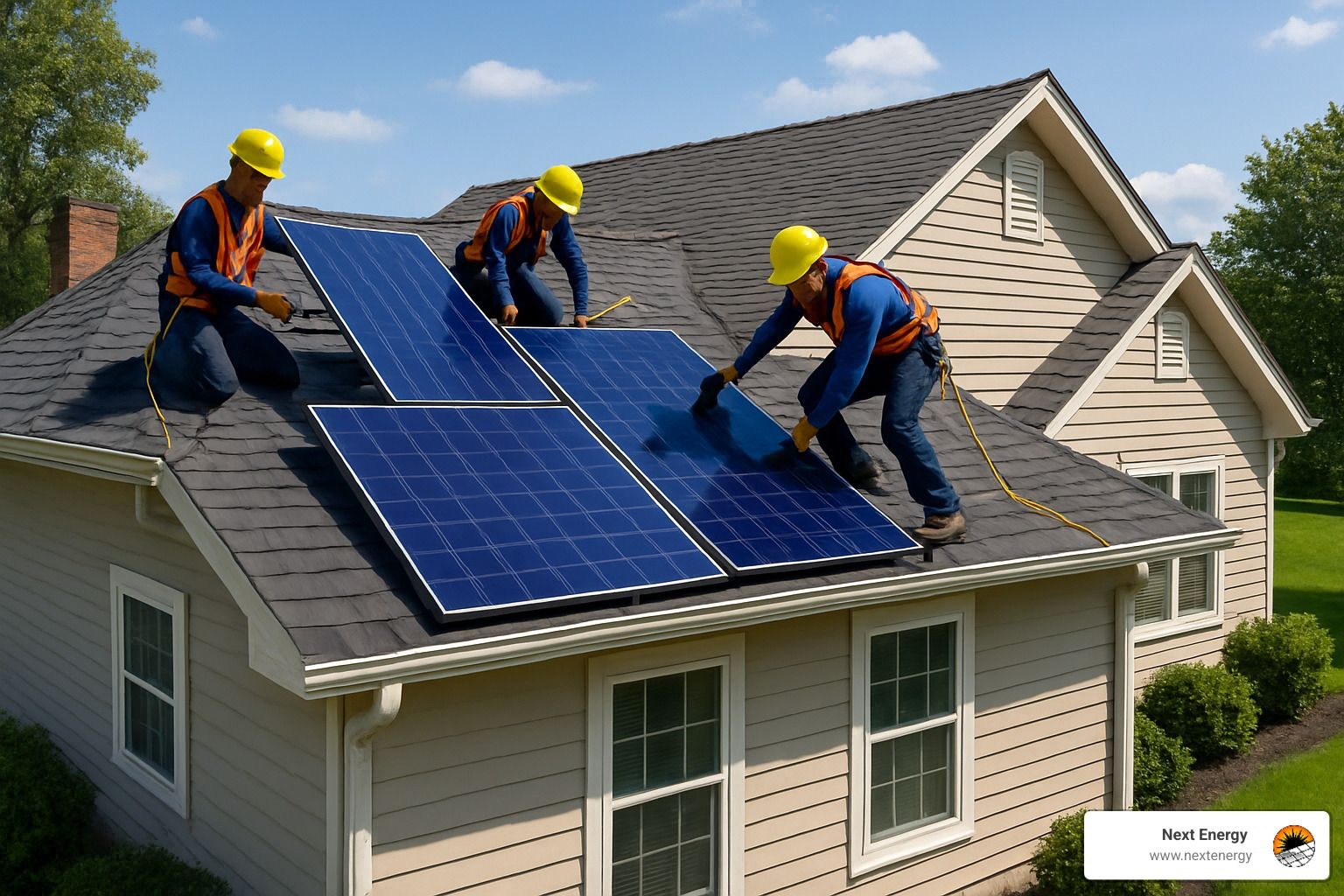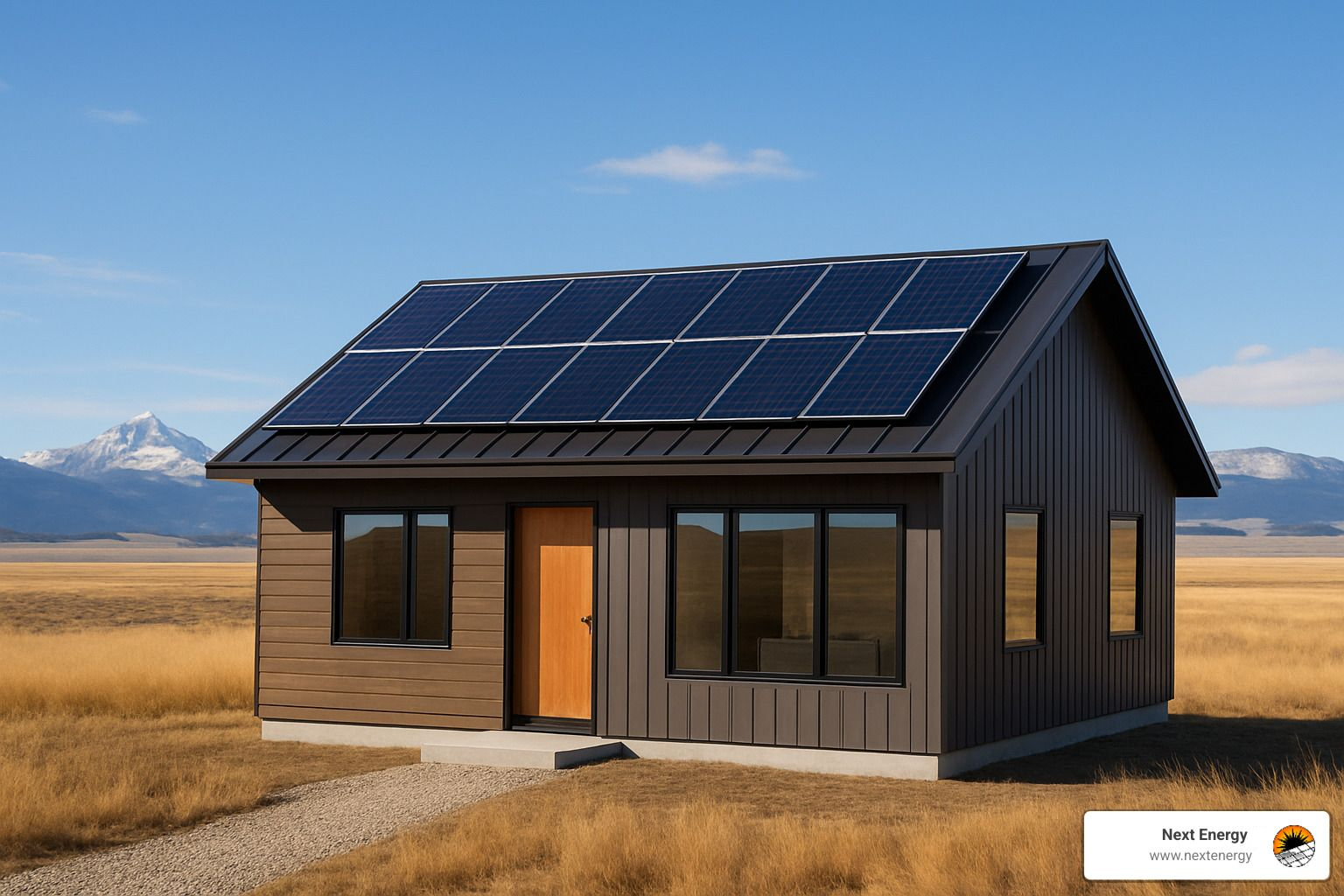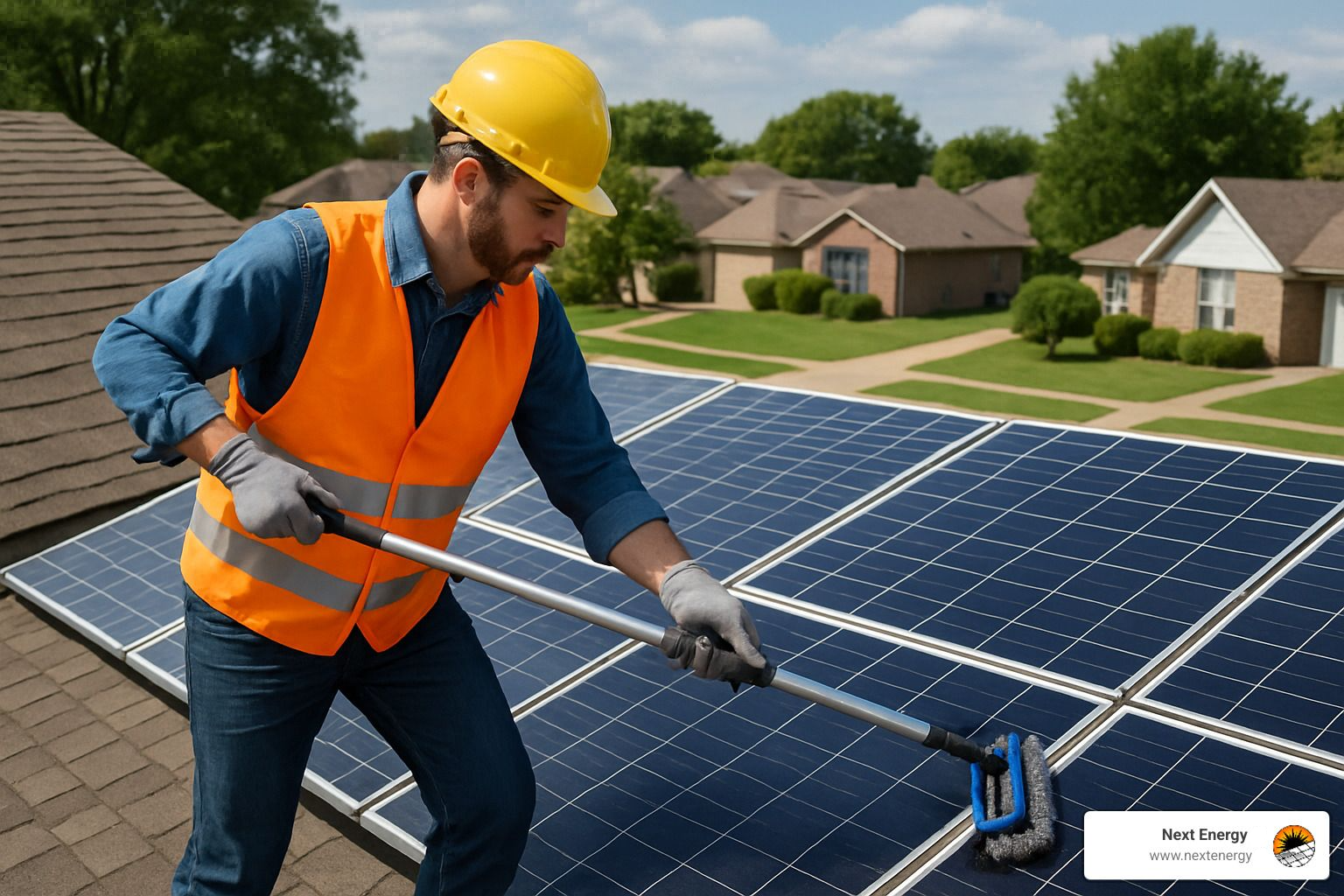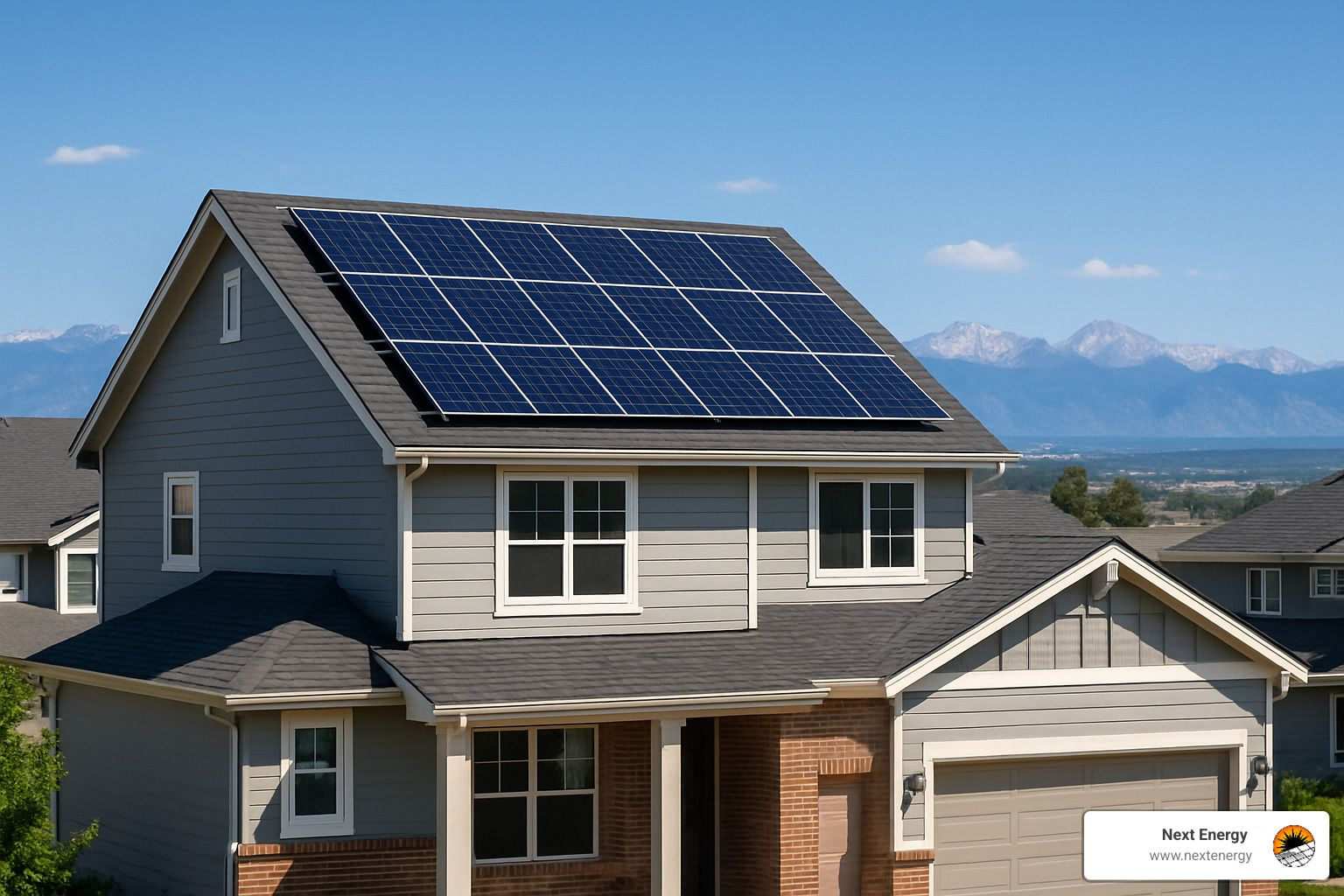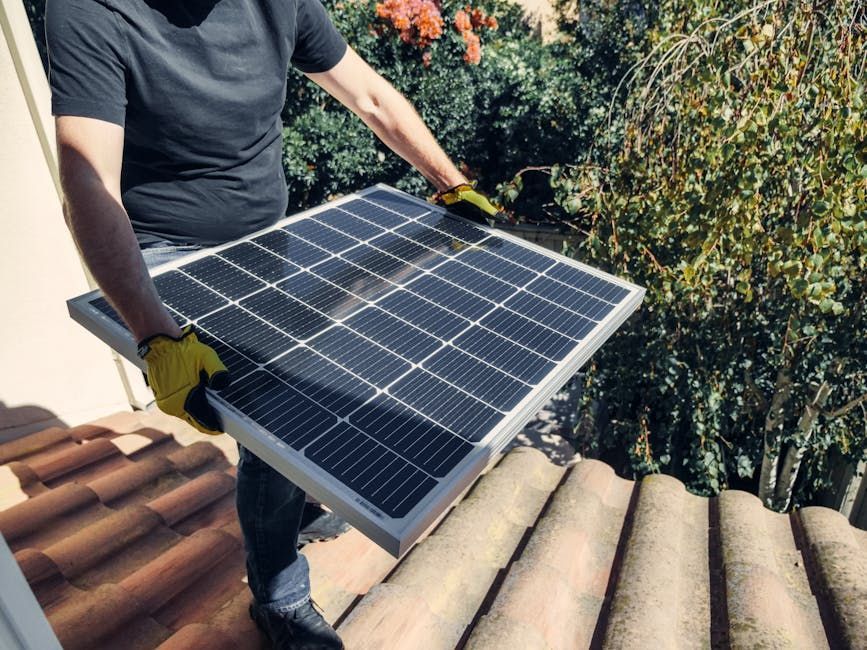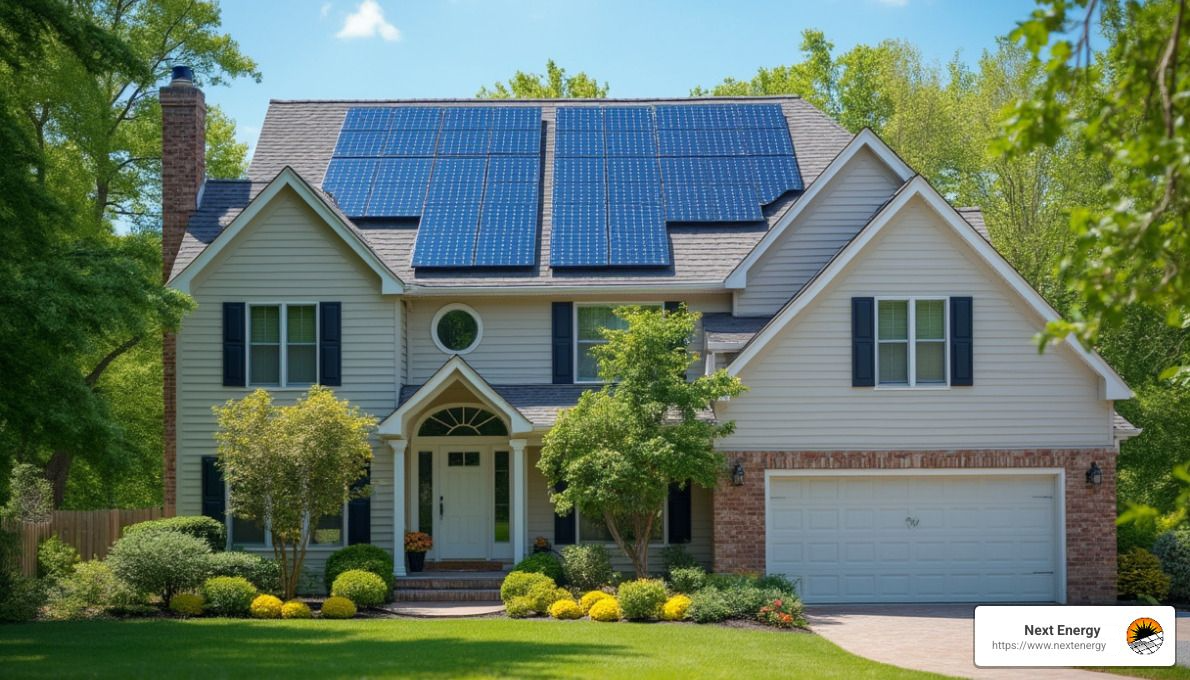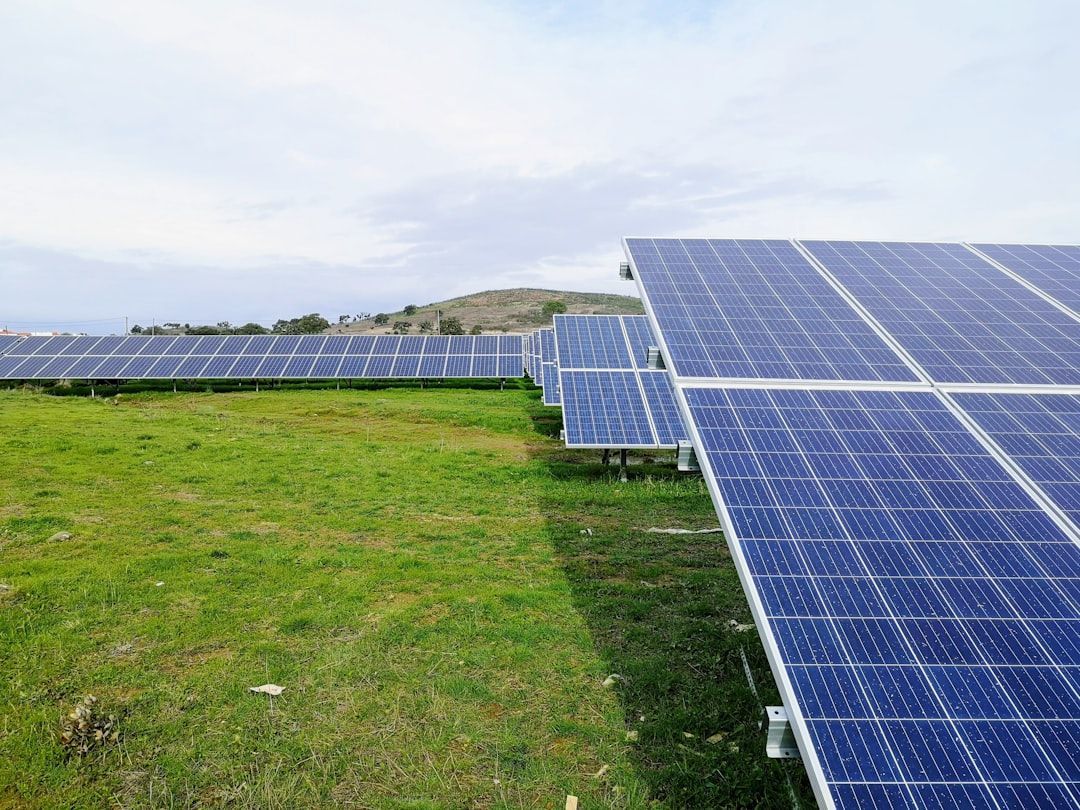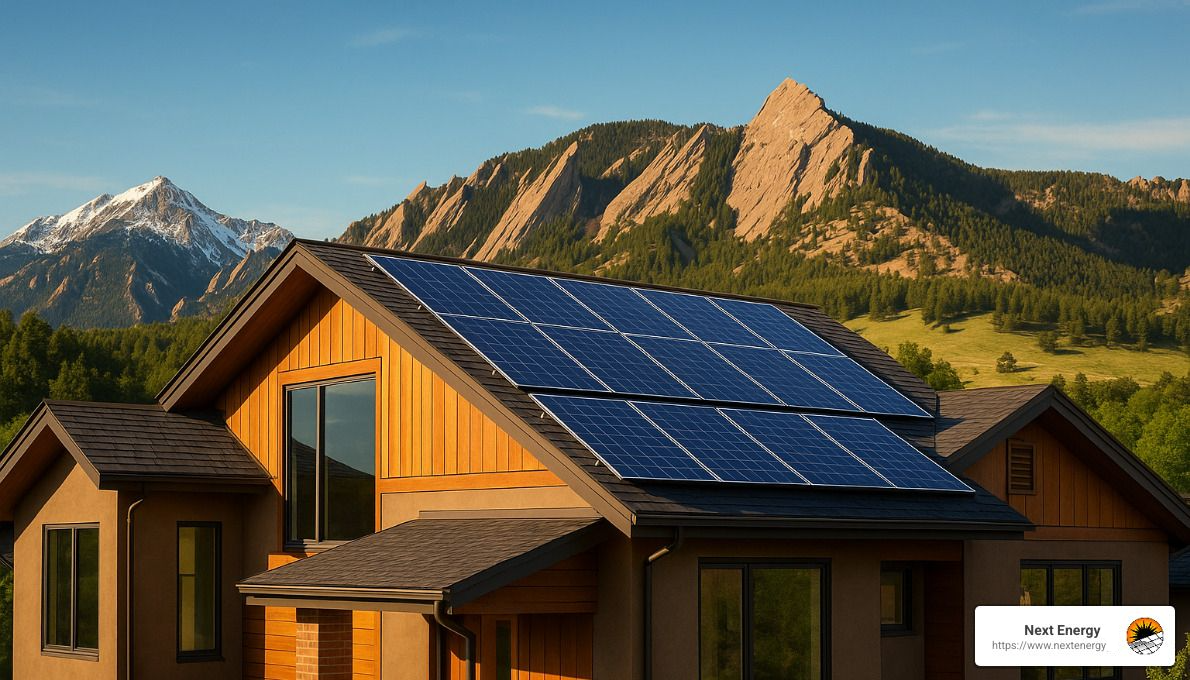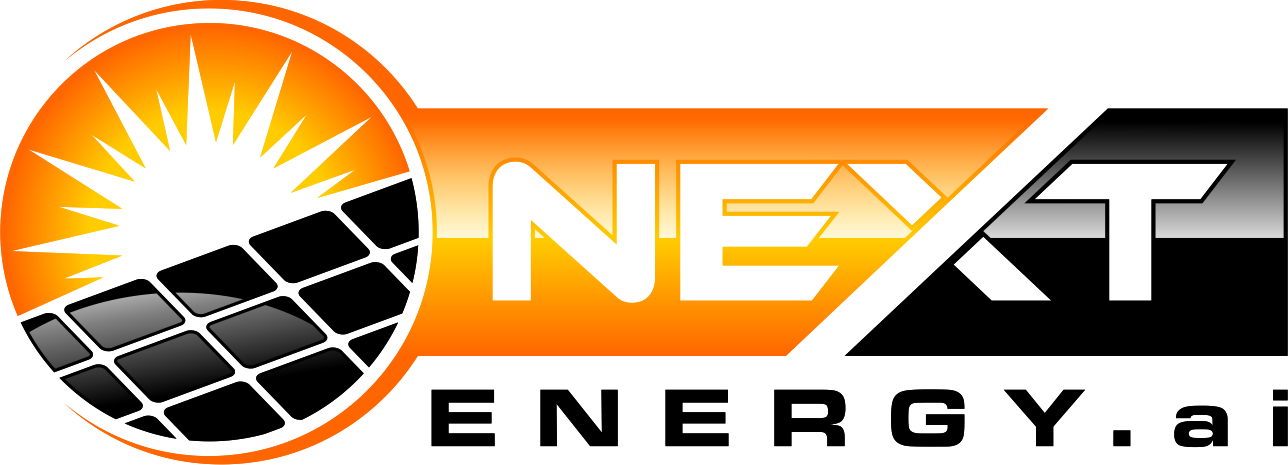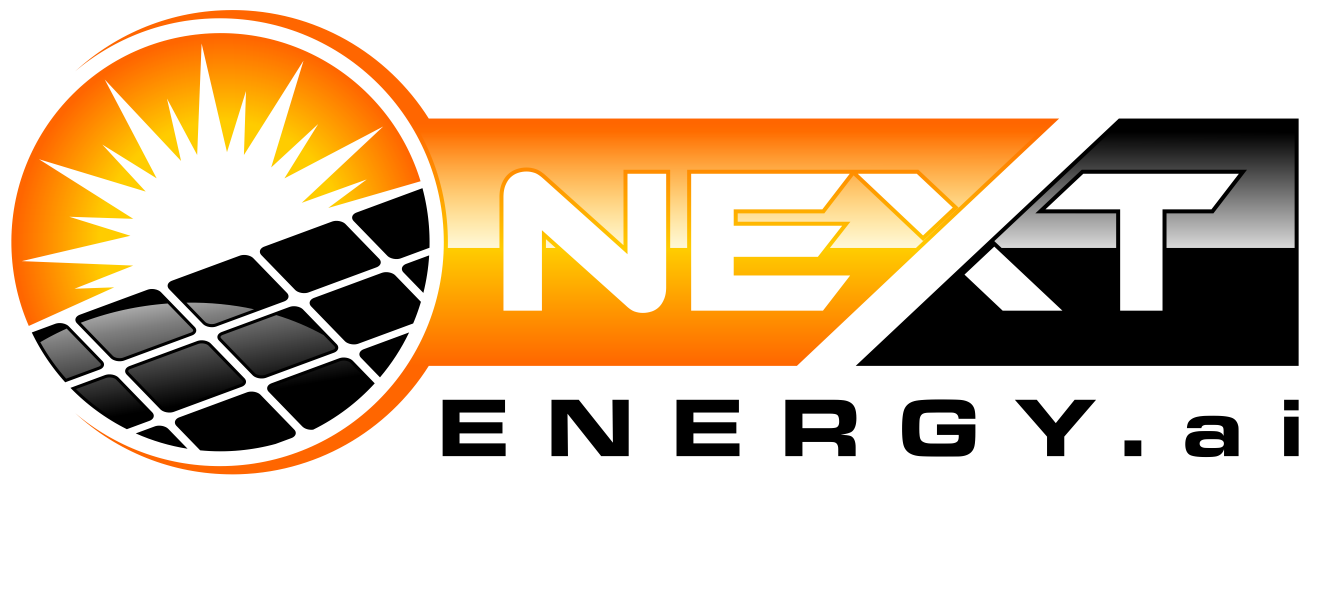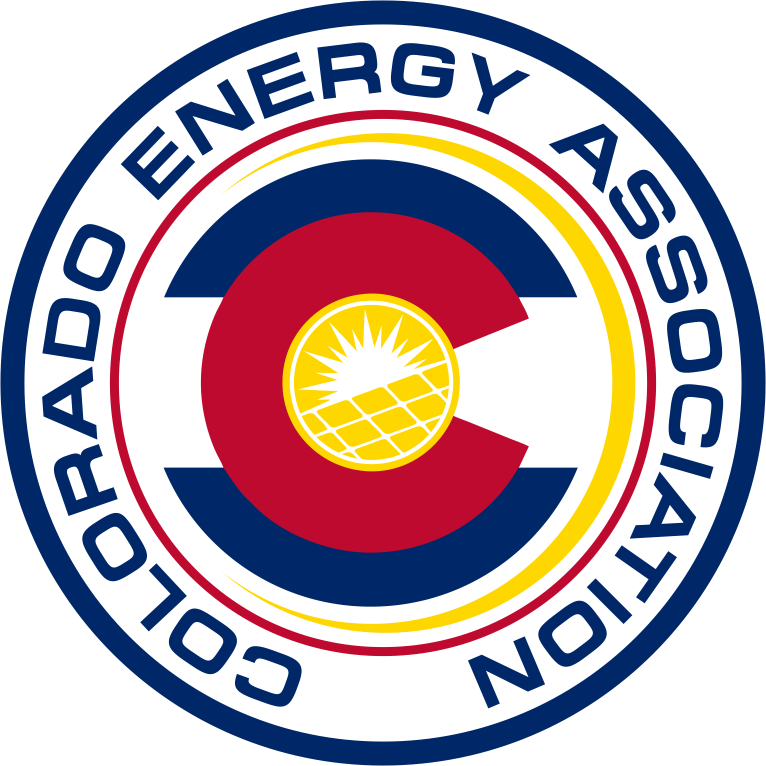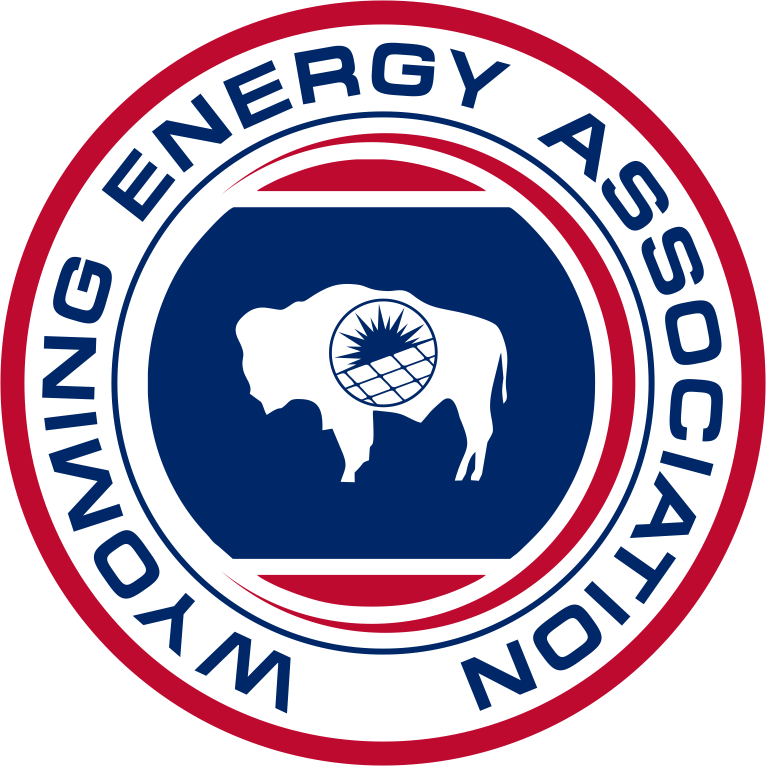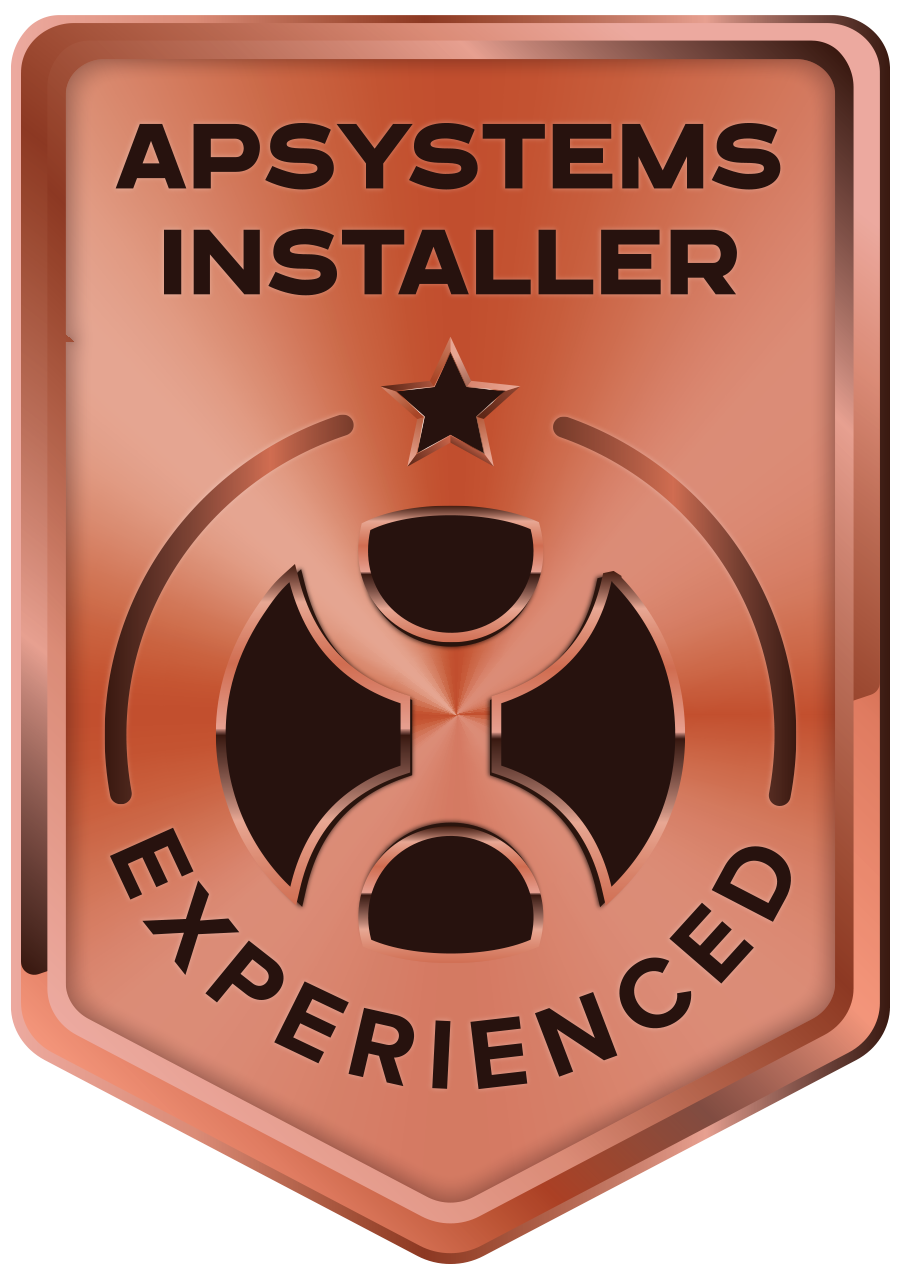Solar Hot Water System Maintenance: Tips for a Long-Lasting System
Maximizing Your Solar Hot Water Investment
Solar hot water system maintenance is essential for ensuring optimal performance, longevity, and energy efficiency.
A properly maintained solar hot water system can last 20-30 years, while neglected systems often fail prematurely. As studies have shown, even a thin layer of dirt on collectors can significantly reduce efficiency, and 95% of all systems aren't optimized for maximum performance.
Why maintenance matters:
- Preserves system efficiency
- Extends equipment lifespan
- Prevents costly emergency repairs
- Ensures safety and reliability
- Maximizes your return on investment
"Solar water heating systems usually require very little maintenance. However, if you do that little bit of maintenance, the system can last 50% to 100% longer," notes industry research.
I'm Spencer Gordon, CEO of NextEnergy, with experience in solar hot water system maintenance through my NAPCEP certification in photovoltaics and renewable energy. My team and I have helped countless Colorado homeowners maximize their solar hot water investments through proper maintenance protocols.
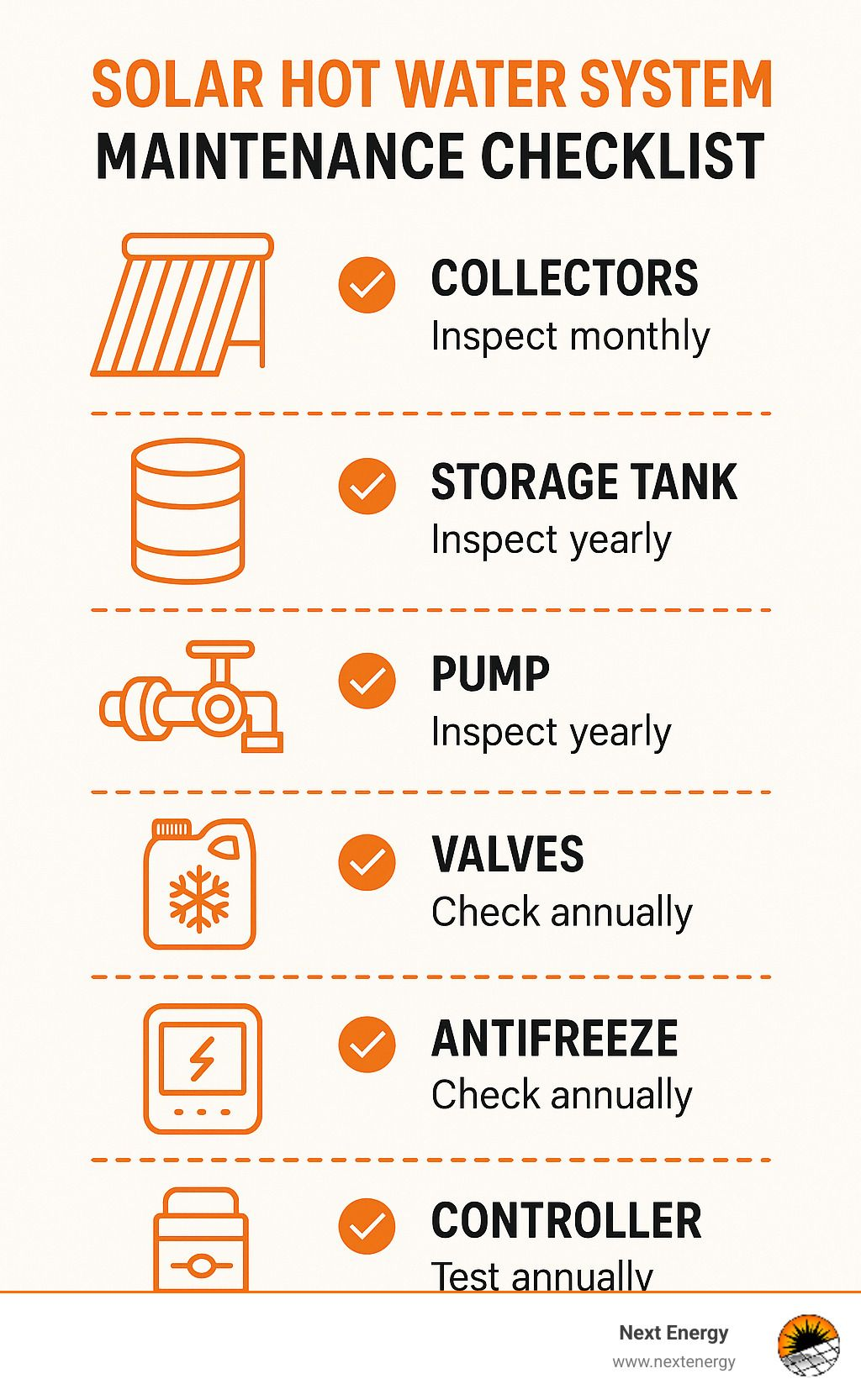
How Solar Hot Water Systems Work
Before diving into maintenance specifics, it's helpful to understand how these systems actually work. Solar hot water systems harness the sun's energy to heat water for residential and commercial use, reducing reliance on conventional energy sources.
Think of your solar hot water system as a team of components working together to capture sunshine and turn it into hot showers. At its heart, the system is surprisingly straightforward, though the engineering behind it is quite clever.
The sun's energy is first captured by solar collectors mounted on your roof. These might be flat-plate panels (which look similar to solar electric panels) or evacuated tubes (which resemble rows of glass cylinders). Both designs are excellent at absorbing solar energy, though they perform differently depending on your climate.
Once the collectors absorb heat, they transfer it to a heat-transfer fluid that circulates through the system. This fluid carries the sun's warmth from your roof to your water supply. In Colorado and Wyoming homes, where freezing is a concern, we typically use propylene glycol antifreeze rather than water in this role.
The fluid doesn't move on its own, though. A pump and controller work together to circulate the fluid whenever the collectors are hotter than the water in your storage tank. Think of the controller as the system's brain – it decides when to activate the pump based on temperature readings.
All that captured heat needs somewhere to go, which is where your storage tank comes in. This insulated container keeps your solar-heated water hot until you're ready to use it. Most tanks also include a backup heater (electric or gas) that kicks in during cloudy periods or high-demand situations.
In our Colorado climate, most systems also incorporate a heat exchanger. This clever device transfers heat from the collector fluid to your household water without the fluids ever mixing – keeping your antifreeze in the solar loop and your drinking water clean and separate.
Solar hot water system designs generally fall into two categories:
Direct (open-loop) systems simply circulate your household water through the collectors and back to the tank. While efficient, these only work in areas that don't experience freezing temperatures (not ideal for our Colorado and Wyoming customers).
Indirect (closed-loop) systems use a separate heat-transfer fluid that won't freeze, making them perfect for colder climates. The fluid circulates through a closed loop from collectors to heat exchanger and back, never mixing with your drinking water.
Some systems in warmer regions operate via thermosiphon action – a natural convection process where heated water rises and cooler water falls, creating circulation without pumps. It's neat but impractical in our service area, where freeze protection is essential.
For homes in Northern Colorado and Southern Wyoming, we typically recommend active systems with pumps, controllers, and proper freeze protection. These provide reliable hot water year-round while protecting your investment from our sometimes harsh winter conditions.
Want to learn more about how these systems work? The U.S. Department of Energy offers excellent scientific research on solar water heating that dives deeper into the technology and efficiency considerations.
Why Regular Solar Hot Water System Maintenance Matters
Ever notice how a dusty window doesn't let in as much sunlight? The same principle applies to your solar hot water system. Research from the Solar Rating and Certification Corporation shows that even a thin layer of dirt on your collectors can significantly block sunlight and reduce efficiency. This simple fact underscores why solar hot water system maintenance is so crucial.
Think of your solar hot water system as a marathon runner. Without proper care, even the most elite athlete won't perform at their best. Let me share some compelling reasons why regular maintenance should be on your priority list:
A well-maintained solar water heating system can serve you faithfully for 20-30 years or more. That's decades of free hot water courtesy of the sun! Without proper care, however, components fail early, leaving you with unexpected replacement costs and cold showers.
Our field experience reveals something startling: about 95% of the solar hot water systems we inspect aren't performing at their peak potential. Regular maintenance ensures you're squeezing every possible drop of value from your investment.
Energy savings translate directly to lower utility bills. When your system runs efficiently, it requires less backup heating. We've seen properly maintained systems reduce auxiliary heating needs to as little as 3% of total hot water energy consumption. That's money staying in your pocket every month!
Prevention is always cheaper than cure. Approximately half of the major repairs we perform could have been avoided with routine maintenance. Small issues caught early rarely become expensive emergencies.
Safety cannot be overlooked. Regular maintenance prevents potentially dangerous conditions like excessive pressure, scalding water temperatures, or electrical hazards that could put your family at risk.
Many manufacturers require documented maintenance records to keep warranties valid. Skip those check-ups, and you might find yourself without coverage just when you need it most.
The heat transfer fluids in closed-loop systems naturally degrade over time. Industry standards recommend replacement every 3-5 years to maintain performance and prevent internal corrosion that can damage your entire system.
I remember a customer in Boulder who learned this lesson the hard way. After neglecting their system for seven years, degraded glycol caused internal corrosion that led to a catastrophic leak. The repair bill was nearly ten times what regular maintenance would have cost over that same period.
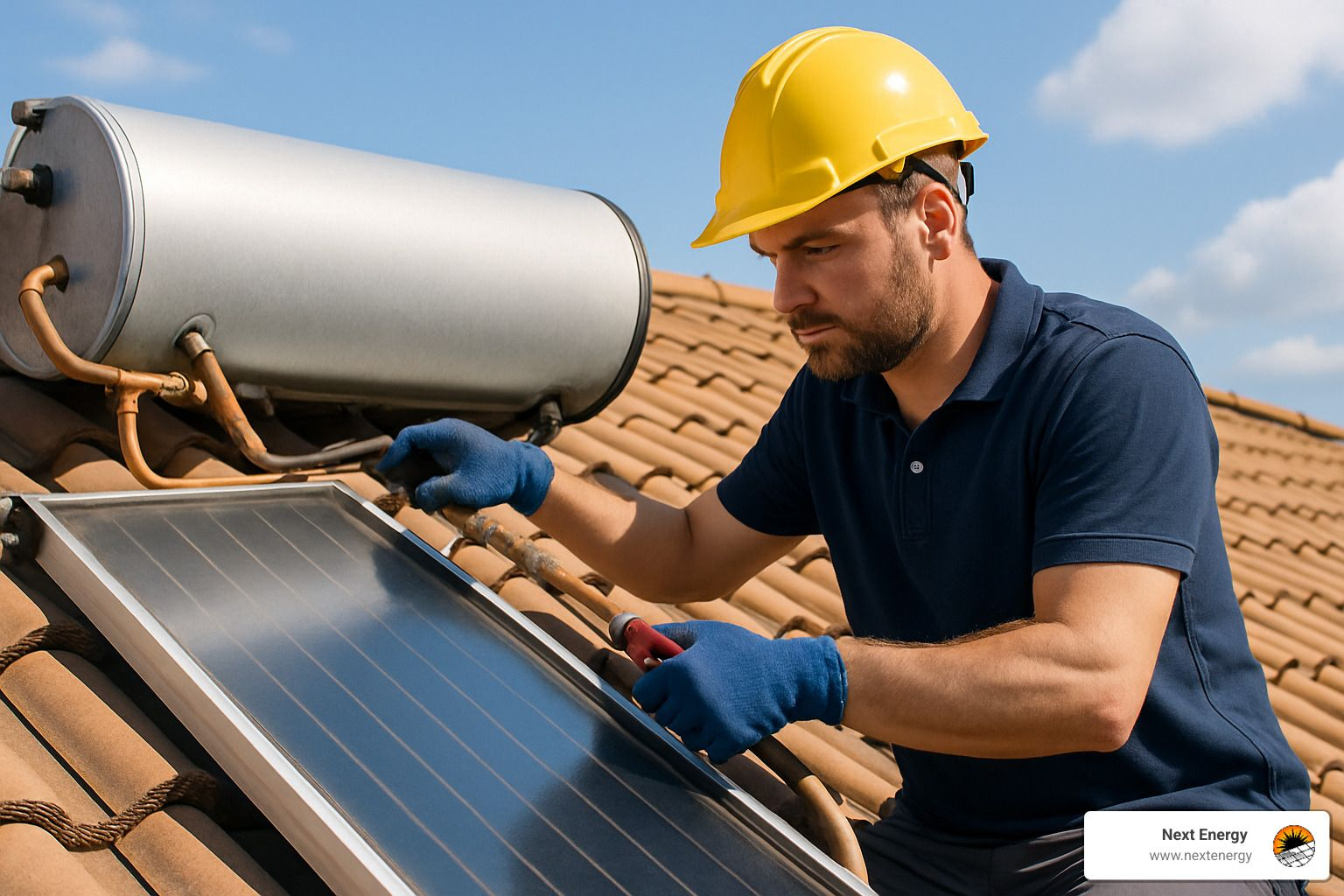
Regular maintenance isn't just about keeping things running—it's about protecting your investment, ensuring safety, maximizing efficiency, and avoiding the frustration of preventable failures. As the scientific research on collector cleaning impact shows, a little care goes a remarkably long way in preserving your system's performance.
Step-by-Step Solar Hot Water System Maintenance Checklist
Solar hot water system maintenance follows a schedule of regular tasks—some you can handle yourself, others requiring professional expertise. Here's our comprehensive checklist based on years of servicing systems throughout Colorado and Wyoming:
Annual Service (DIY or Professional)
- Visual inspection - Check for obvious leaks, damage, or corrosion
- Short system flush - Attach a hose to the tank drain bib and flush for 2 minutes or until water runs clear
- Collector cleaning - Remove dirt, leaves, and debris from collector surfaces
- Pressure check - Verify system pressure is within manufacturer specifications
- Pump operation - Confirm the pump activates when collectors are warmer than the tank
- Controller settings - Verify temperature differentials and maximum temperature settings
- Insulation inspection - Check and repair any damaged insulation on pipes or tanks
- Relief valve test - Manually operate the temperature and pressure relief valve
5-Year Major Tune-Up (Professional Recommended)
- Complete system flush - Drain and refill the entire system
- Antifreeze replacement - Replace glycol in closed-loop systems
- Anode rod inspection/replacement - Check and replace sacrificial anode if needed
- Heat exchanger inspection - Check for scale buildup and clean if necessary
- Sensor calibration - Verify temperature sensors are accurate
- Electrical connections - Tighten and secure all wiring
- Mounting hardware - Check and tighten all collector mounting brackets
- Valve operation - Test all valves for proper function
- Comprehensive pressure test - Check for slow leaks
"Regular maintenance can keep your solar water heater operating efficiently and helps prevent early replacements," notes the Department of Energy. Our experience confirms this—systems with documented maintenance histories typically last 50-100% longer than neglected ones.
Cleaning Collectors: The Front Line of Solar Hot Water System Maintenance
Clean collectors are essential for optimal performance. Here's how to properly maintain them:
- Choose the right time - Clean collectors in the early morning or evening when they're cool to prevent thermal shock.
- Use proper tools - A soft brush, mild detergent (if needed), and a garden hose with a spray nozzle are typically all you need.
- Start with a rinse - Spray the collectors with water to remove loose debris.
- Gentle scrubbing - For stubborn dirt, use a soft brush with a mild detergent solution. Avoid abrasive cleaners or tools that could damage the glazing.
- Final rinse - Thoroughly rinse away all soap residue, as leftover soap can create a film that reduces efficiency.
For evacuated tube collectors, special care is needed:
- Clean around and between tubes rather than directly on them
- Remove any leaves or debris that may have accumulated underneath
- Inspect individual tubes for cracks or discoloration
- Replace broken tubes promptly (a professional task)
One customer in Fort Collins reported a 15% increase in system performance after simply removing a layer of pollen that had accumulated during spring. This illustrates how even seemingly minor cleaning can yield significant results.
Heat-Transfer Fluids & Pressure Checks
The heat transfer fluid is the lifeblood of your solar hot water system, especially in closed-loop systems common in our Colorado and Wyoming service areas.
For glycol-based systems:
- Annual testing - Check the pH level and freeze protection point of your glycol solution. A pH below 7 indicates degradation.
- Visual inspection - Healthy propylene glycol should be clear or slightly yellow. Dark brown fluid indicates it needs replacement.
- Replacement schedule - Industry standards recommend replacing glycol every 3-5 years, even if it appears fine, as additives that prevent corrosion degrade over time.
- Proper filling - When replacing glycol, ensure the system is properly filled and all air is purged.
Pressure monitoring:
- Regular checks - System pressure should remain consistent. A dropping pressure indicates a leak.
- Expansion tank - Verify the expansion tank is functioning properly, as a failed tank can cause pressure spikes.
- Pump cavitation prevention - Maintain minimum pressure requirements to prevent pump damage from cavitation.
"Proper fluid maintenance helps maintain system efficiency and reliability," notes the Solar Energy Industries Association (SEIA). We've found this to be particularly true in Colorado's variable climate, where temperature swings can stress system components.
Preventing Scale, Corrosion & Freezing
In our experience servicing systems throughout Colorado, these three issues—scale, corrosion, and freezing—account for the majority of preventable system failures.
Scale Prevention:
- Water quality assessment - Hard water areas (common in parts of Colorado) require additional attention.
- Periodic flushing - Flush your storage tank annually to remove sediment buildup.
- Descaling options - For severe scaling, circulating a mild acidic solution (like vinegar) can help remove deposits. This is typically a professional task.
- Heat exchanger design - External wrap-around heat exchangers can be easier to maintain than internal coils in hard water areas.
Corrosion Prevention:
- Sacrificial anode rods - These rods attract corrosion to themselves instead of your tank. Check and replace them every 3-5 years.
- pH monitoring - Maintain proper pH in glycol solutions to prevent acidic corrosion.
- Bi-metallic connectors - Use proper connectors with plastic sleeves when joining dissimilar metals to prevent galvanic corrosion.
- Oxygen elimination - Properly purge air from closed-loop systems to reduce oxygen-related corrosion.
Freeze Protection:
- Proper slope - Ensure all piping has a minimum slope of 0.25 inches per foot to allow complete drainage in drainback systems.
- Insulation integrity - Inspect and maintain insulation on all exposed piping, particularly in attics or crawl spaces.
- Antifreeze concentration - In Colorado and Wyoming's cold climate, maintain proper glycol concentration for protection well below expected minimum temperatures.
- Sensor placement - Verify freeze protection sensors are properly placed and functioning.
"In systems with extensive damage from freezing or corrosion, it may be more cost-effective to replace, shut off, or remove the solar system than to have it repaired," notes our experience with severely neglected systems. Regular maintenance prevents reaching this point.
Leak Detection in Solar Hot Water System Maintenance
Leaks can waste water, reduce system efficiency, and cause property damage if left unchecked. Here's how to effectively detect and address them:
Visual Inspection Methods:
- Regular check of collector connections - Look for water stains, mineral deposits, or corrosion around pipe joints.
- Storage tank examination - Inspect the tank base for moisture or rust.
- Pipe run inspection - Follow pipe runs, checking insulation for dampness.
- Pressure gauge monitoring - A consistently dropping pressure is a telltale sign of a leak.
Advanced Detection Techniques:
- Pressure testing - If you suspect a leak but can't locate it, a pressure test can confirm its presence.
- Moisture alarms - Consider installing moisture detection alarms in areas where leaks might not be immediately visible.
- Infrared scanning - Professional technicians may use infrared cameras to detect temperature differences that indicate leaks.
When You Find a Leak:
- Immediate isolation - Know where your system isolation valves are located and how to use them.
- Temporary repairs - For minor leaks, temporary pipe repair products can buy time until professional help arrives.
- Professional assessment - Some leaks, particularly in the collector array or heat exchanger, require professional repair.
One customer in Loveland noticed a small puddle forming under their tank during a routine inspection. This early detection prevented a catastrophic failure of their storage tank and saved thousands in potential water damage to their home.
Safety Precautions Before You Start
Safety should always be your priority when performing solar hot water system maintenance:
Power isolation - Turn off electrical power to pumps, controllers, and backup heating elements before servicing.
Thermal protection - Allow the system to cool before working on components. Solar collectors can reach temperatures exceeding 180°F on sunny days.
Pressure release - Ensure system pressure is released before opening any part of the closed loop.
Ladder safety - Use proper ladder techniques when accessing roof-mounted collectors:
- Maintain three points of contact
- Use a ladder rated for your weight
- Have a spotter when possible
- Avoid working in windy conditions
Personal protective equipment (PPE):
- Heat-resistant gloves
- Safety glasses
- Non-slip footwear
- Fall protection when working at heights
Chemical safety - When handling glycol or cleaning agents, wear appropriate gloves and eye protection.
Relief valve testing protocol - When testing pressure and temperature relief valves, stay clear of the discharge path and use a bucket to catch water.
"Some maintenance tasks should only be performed by qualified professionals to ensure safety and correct issue diagnosis," emphasizes industry guidance. We strongly recommend professional assistance for any task you're not completely comfortable with.
Seasonal & Long-Term Care Tips
Just like your car needs different attention in winter versus summer, your solar hot water system maintenance changes with the seasons here in Colorado and Wyoming. Let's walk through what your system needs throughout the year to keep those hot showers coming!
Spring Maintenance
Spring is the perfect time to give your system a fresh start after the harsh winter months.
As the snow melts and temperatures rise, take a close look at your collectors for any damage from winter's fury. Those heavy snow loads and freeze-thaw cycles can be tough on your equipment. While you're up there, give those collectors a good cleaning to remove winter grime and the spring pollen that's probably coating everything in sight.
Spring is also when trees and shrubs wake up, so take a moment to trim back any vegetation that might be casting new shadows on your collectors. Even partial shading can significantly reduce performance.
Before summer's peak production hits, it's smart to perform your annual system flush. This removes sediment that typically builds up during higher winter usage when your family likely took longer, hotter showers.
"My system's performance jumped nearly 20% after a thorough spring cleaning," reports one of our Fort Collins customers. "I had no idea how much winter grime was blocking my collectors!"
Summer Care
Summer brings peak solar gain but also some unique challenges for your system.
With those intense Colorado summer days, overheating can become an issue. Double-check that your high-temperature cutoff settings are working properly to prevent dangerous pressure buildup. Your expansion tank should also be inspected to ensure it can handle the increased pressure from those higher summer temperatures.
Planning a vacation? Don't forget to adjust your controller settings before leaving town for extended periods. This prevents system stagnation, which can degrade components faster.
Summer foliage can create new shading patterns, so reassess your collectors on a bright day to spot any shadows that weren't there in spring. Even partial shading from a newly leafed-out tree can dramatically impact performance.
Fall Preparation
Fall is all about preparing your system for the coming winter challenges.
As leaves begin to fall, keep your collectors clear of debris. A single leaf might seem harmless, but a collection of wet leaves can significantly block solar gain when you need it most.
Before temperatures drop, inspect and improve pipe insulation, paying special attention to areas in attics or outside walls. This simple step can prevent costly freeze damage during those bitter Wyoming winter nights.
Fall is the critical time to test your glycol's freeze protection point. Don't wait until the first freeze warning! If your antifreeze solution needs replacement (typically every 3-5 years), autumn is the ideal time to do it.
Take a moment to review your controller settings and adjust differential settings for winter conditions. Your system may need different operating parameters to perform optimally during colder months.
Winter Vigilance
Winter requires a different kind of attention to your solar hot water system maintenance routine.
After heavy snowfalls, assess whether snow accumulation on collectors requires removal. Sometimes natural melting is sufficient, but other times a gentle clearing can restore production quickly. Just remember to use soft tools that won't damage the collector surface!
During extreme cold snaps (and we get plenty in Colorado and Wyoming), monitor your system to verify freeze protection is working as designed. A quick check during the coldest part of the night can provide peace of mind.
Winter is also when you'll rely more heavily on your backup heating system. Make sure it's functioning properly during periods of low solar gain. A simple test run can prevent unpleasant cold-shower surprises.
Understanding normal winter performance helps you identify problems early. Your system will naturally produce less hot water in winter, but dramatic drops might indicate issues needing attention.
Long-Term Monitoring
Modern technology has revolutionized how we track system performance over the years.
Start by recording basic system output to establish baselines. This makes it easier to spot declining performance before it impacts your hot water supply or energy bills. Many of our customers keep a simple notebook near their system to jot down pressure readings and temperatures monthly.
At Next Energy, we're particularly excited about our AI-improved monitoring systems. These smart monitors can detect subtle changes in performance that might indicate maintenance needs, often before you'd notice any difference in your hot water supply. It's like having a technician constantly watching your system.
"Monitoring system performance over time can reveal inconsistent hot water supply as a sign of problems," notes industry research. With our AI monitoring, we've helped customers catch small issues before they became expensive repairs.
Don't forget to keep detailed maintenance records. Document all maintenance performed, parts replaced, and professional service visits. These records not only help track your system's history but can be invaluable for warranty claims or when selling your home.
Your solar hot water system is a long-term investment in both sustainability and savings. With proper seasonal care and modern monitoring tools, we've seen systems in our Colorado service area perform beautifully for 20+ years, even in our challenging climate.
Professional Servicing, Costs, Incentives & FAQs
While many maintenance tasks can be performed by homeowners, professional servicing plays a crucial role in comprehensive solar hot water system maintenance.
When Should I Hire a Professional?
Consider professional servicing for:
- Complex repairs - Anything involving the collector array, heat exchanger, or controller.
- Glycol replacement - Proper flushing, filling, and air purging of closed-loop systems.
- Annual inspections - A trained eye can spot potential issues before they become problems.
- Warranty compliance - Many warranties require professional servicing to remain valid.
- 5-year major tune-ups - Comprehensive service including component replacement.
"Most technicians prefer replacing defective controllers or sensors rather than repairing them," notes industry practice. This approach often proves more cost-effective in the long run.
What Does a Typical Service Visit Include?
A comprehensive professional service typically includes:
- Full system inspection - Visual check of all components.
- Pressure and temperature testing - Verification of proper operating parameters.
- Controller programming check - Ensuring optimal settings for your specific system and needs.
- Glycol testing - pH and freeze point verification.
- Pump assessment - Checking for proper operation and unusual noise.
- Relief valve testing - Ensuring safety devices function properly.
- Tank and heat exchanger inspection - Looking for signs of corrosion or scale.
- Anode rod assessment - Checking sacrificial anode condition.
- System flush - Removing sediment from the tank.
- Performance verification - Confirming the system operates at expected efficiency.
- Documentation - Providing a detailed service report.
How Much Does Solar Hot Water System Maintenance Cost & Are Rebates Available?
Typical Costs:
- Annual inspection: $100-$200
- 5-year comprehensive service: $200-$500
- Glycol replacement: $150-$300
- Component replacement costs vary: Pumps ($150-$400), Controllers ($200-$600), Sensors ($50-$150)
Industry data suggests annual maintenance costs typically range from 0.5% to 2% of the initial system cost.
Available Incentives:
Several areas offer incentives for solar hot water system maintenance:
- Utility rebates - Some utilities offer rebates for professional tune-ups (up to $200 in some areas).
- Tax deductions - Maintenance may qualify as a deductible expense for home-based businesses or rental properties.
- Performance-based incentives - Systems that maintain certified performance may qualify for ongoing incentives.
In Colorado, several utilities offer energy efficiency rebates that can apply to solar hot water system maintenance. Check with your local utility for specific programs.
"O&M costs typically range from 0.5% to 2% of initial system cost per year," notes research from the National Renewable Energy Laboratory (NREL). However, these costs are offset by extended system life and improved efficiency.
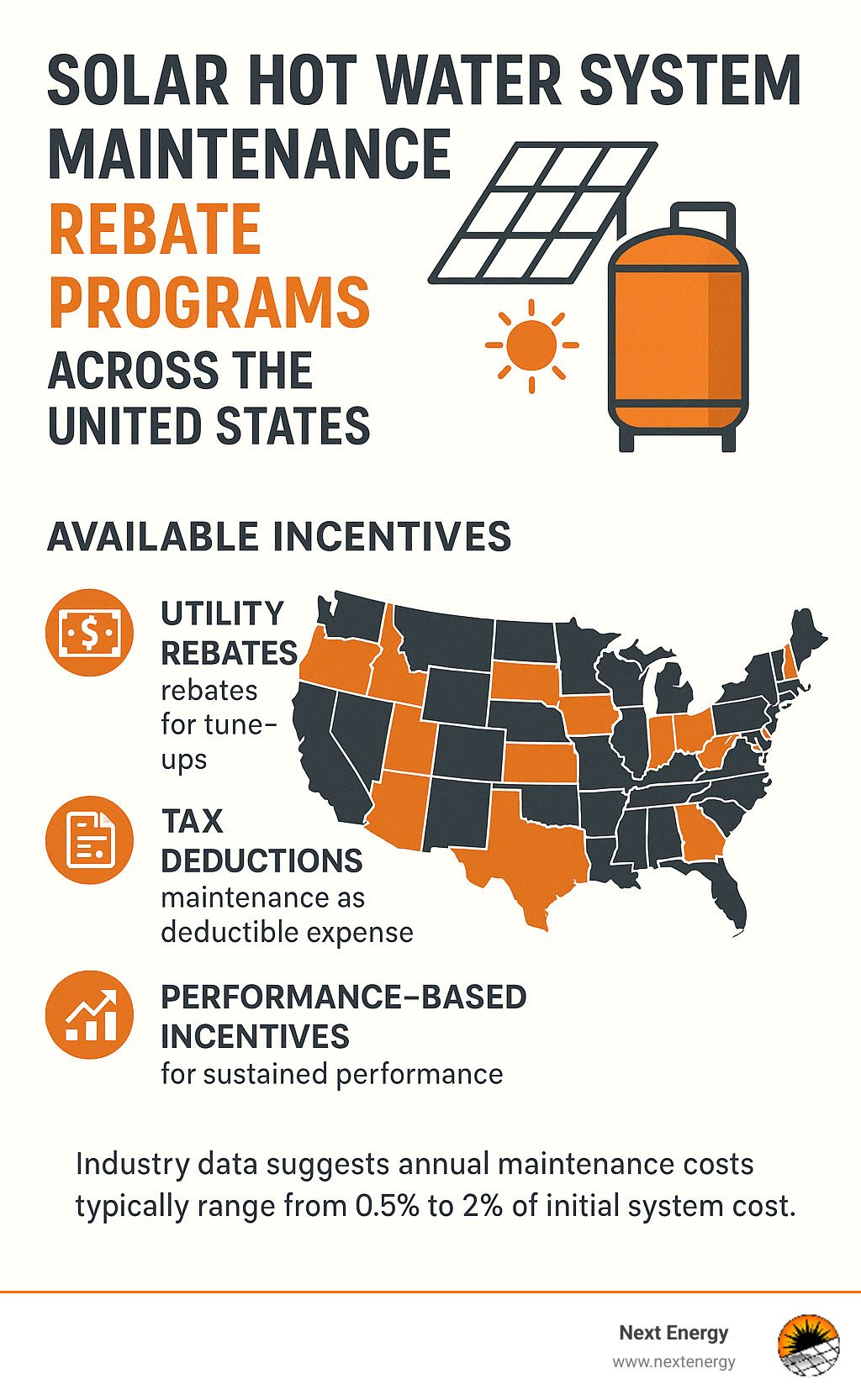
Conclusion
Let's face it – nobody gets excited about maintenance tasks. But when it comes to your solar hot water system maintenance, those few hours you invest each year can literally add decades to your system's life while keeping your hot water flowing and energy bills low.
Think of your solar hot water system like a trusted car. With regular oil changes and tune-ups, it'll serve you faithfully for years. Neglect it, and you're looking at a breakdown when you least expect it – usually on the coldest day of winter when you're desperate for a hot shower!
The good news? The maintenance plan we've outlined isn't complicated. By following a seasonal approach, you'll naturally spread the work throughout the year:
Spring is perfect for cleaning off pollen and checking for winter damage. Summer calls for monitoring those high temperatures and preventing overheating. Fall means preparing for colder weather ahead. And winter requires vigilance against freezing and ensuring your backup systems are ready.
What makes the biggest difference is consistency. Document everything you do – when you cleaned the collectors, replaced the glycol, or had a professional inspection. These records become invaluable for warranty claims and help identify patterns if problems develop.
One of the smartest moves you can make is finding the right balance between DIY maintenance and professional help. While you can handle many tasks yourself, having a qualified technician perform a thorough inspection every few years is worth every penny. They'll spot issues you might miss and ensure components like heat exchangers and controllers are functioning optimally.
At Next Energy, we're taking solar maintenance into the future. Our AI-improved monitoring systems can detect subtle performance changes long before they become noticeable problems. This proactive approach means less downtime, better efficiency, and more hot water when you need it.
As the Department of Energy confirms, "Solar water heating systems usually require very little maintenance. However, if you do that little bit of maintenance, the system can last 50% to 100% longer." That's the difference between a system lasting 15 years versus 30 years – a compelling return on your maintenance investment.
We're proud to serve homeowners throughout Northern Colorado and Southern Wyoming, from Fort Collins to Cheyenne, helping them get the most from their solar investments. The sun provides its energy for free – our job is helping you capture every bit of it, efficiently and reliably, for decades to come.
For more information about our solar hot water system maintenance services or to schedule a professional inspection, visit our solar energy system maintenance page. Your solar system has been working hard for you – a little TLC will keep it performing at its best for years to come.
